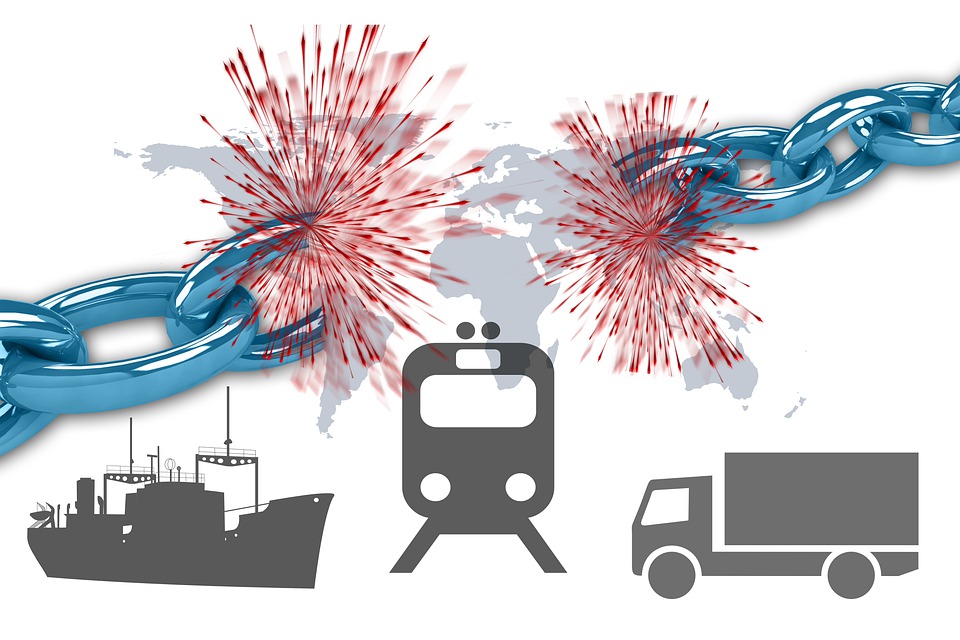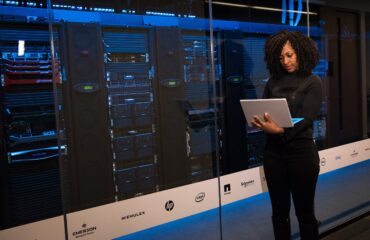Supply Chain extends from the factory where the goods are manufactured to the time they are delivered to the customer or to distribution centers and further to retail channels. Supply chain strategies determine when the product should be manufactured, delivered to distribution centers and finally made available in the retail channel. To achieve this a combination of push and pull strategies can work. Both push and pull models work in the supply chain individually as well.
A push supply chain is driven by long-term projections of consumer demand whereas in a pull supply chain, process is driven by actual consumer demand.
Here is all that you need to know about the push, pull, and hybrid supply chain models.
Understanding Supply Chains
A supply chain involves multiple steps; products begin out as raw materials and then the manufacturer acquires raw materials and convert them into goods. The finished product is then shipped to the distribution facility. Next, the distribution facility uses the goods to stock the retail channel, ecommerce business or a fulfilment center. Lastly, the products get delivered to the consumer
Push Supply Chain Model
This strategy is based on the principle where projected demand determines what enters the system. For instance, umbrellas are pushed to retailers a month before the rainy season begins. The advantage of this model include-
- The companies have predictability in the supply chain since they know what they will get and when- even before it is delivered to them.
- They can plan their production to meet their needs.
- It also gives retailers time to prepare a space to store the stock when they receive it.
Pull Supply Chain Model
Just-in-Time strategy is used under the pull supply chain model where products are not produced unless an order is received. Therefore, under this system, the production is done ‘as required’ instead of forecasting the demand. For instance, a direct computer seller waits until an order is received to build a custom computer for the consumer.
With this strategy, companies can avoid the cost of carrying inventory that may not sell. However, there is a risk that the company might not have enough inventory to meet the demand in case they are unable to ramp up production quickly. This strategy is especially useful for companies that face low product mix, high demand uncertainty, and low importance of economies of scale.
Hybrid Supply Chain Model
Technically every supply chain is a mix of push and pull strategies known as a hybrid model. For instance, a company might choose a push-based supply chain strategy, but it stops at the retail outlet waiting for the consumer to “pull” the good off the shelf. Under this supply chain model, the manufacturers may decide to produce inventories of raw materials but wait until the price goes up and then release it. The hybrid supply chain is generally suggested for goods that have great importance of economies of scale and high demand uncertainty. For instance, a laptop manufacturing company stocks up on components and raw materials. However, they do not assemble a laptop until an order is received. So they initially use a push strategy and later move to the pull model during the production and assembly process. Since most of the profit comes from the service contract, not the laptop, the whole goal is to maximize Average Revenue per unit through the availability of the product which is important in the competitive market.
However, product availability will impact the products in two ways, giving the different customer attitude that the company is serving-
- Customers who have a strong brand loyalty may wait for significant availability and launches.
- Customers with less brand loyalty- who focus more on availability and price; the impact of product availability on the average revenue per unit is substantial since there is a low margin to it.
Final Word
The need for two different supply chain strategies depends upon the products and their lifecycle. Companies may need a push-based approach for new products with sturdy consumer loyalty to manage shortage, fair allocation and priorities such as key accounts, retail significances or wholesale requirements. Whereas the pull-based supply chain model is used for other products which have less brand loyalty.
In most cases, the hybrid supply chain model works the best. A hybrid strategy would give a significant advantage to the company compared to pure push or pull supply chain models. It minimizes the inventory holding and delivery lead time cost, which is the cost of the period since a consumer places an order and it is fulfilled.





